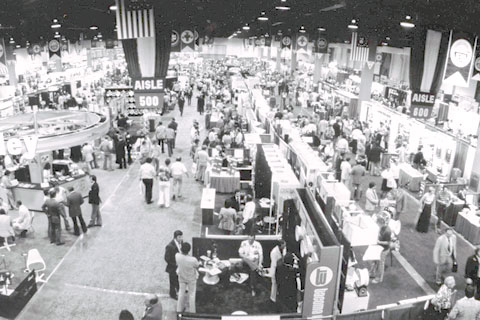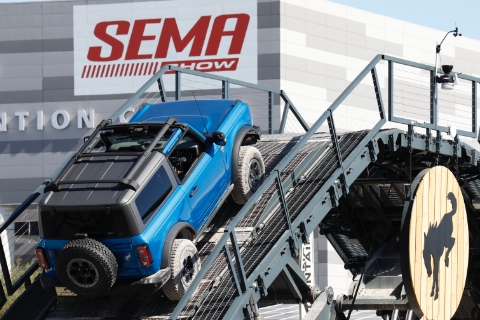SEMA News - December 2009
By Alysha Webb
Identifying Opportunities for SEMA Members
 |
|
|
Many used-vehicle buyers will be purchasing used cars for the first time. They present a great opportunity for the specialty-equipment supplier, according to the SEMA/CAR report. |
The report, “The Major Determinants of U.S. Automotive Demand: Factors Driving the U.S. Automotive Market and Their Implications for Specialty-Equipment and Performance Aftermarket Suppliers,” lays out long-term trends in the light-vehicle market and their significance to SEMA members. According to the report, new-vehicle sales in the United States should hit bottom at 10–11 million units this year. The market will add only two million units of additional sales a year for the next two years. By 2014, sales will peak at 16.8 million units.
“I’m confident that there will be many new opportunities for SEMA members to make cars go faster and farther as the auto industry restructures,” said John Waraniak, SEMA vice president of vehicle technology.
“There is no more ‘normal’ as the industry restructures and transforms,” said Waraniak. “It will be a new day and a new game with new rules.” Global auto production will fall 25% to 52 million units this year, he said.
One thing that won’t slow down, however, is changes in technology. And SEMA members are usually the first to market with products that use new technology.
“Innovation does not come from the discovery of technology, but from being the first to use that technology to meet customer needs,” Waraniak said, noting that SEMA members must be open to more collaboration, which will be required in the customization and aftermarket-performance world of the future.
“You wouldn’t think of competing with a 25-year-old vehicle or process,” Waraniak said. “Why would you continue living in a world that existed 25 years ago?”
An Aging Fleet and Used-Car Sales
With weak new-car sales, the median age of vehicles on the road in the United States will continue to rise over the next five years, according to the CAR report. That benefits SEMA members.
“Vehicle owners expect their cars to last a few more years,” said Yen Chen, a project manager in the labor and industry group of the Center for Automotive Research. “If they aren’t willing to buy a new vehicle, they can invest in their existing vehicle.”
The Cash for Clunkers program will have a short-term impact on the age of the fleet, but won’t have a huge impact on SEMA members, said Chen. He pointed out that the number of cars bought under the program represented only one-tenth of the total volume. “In my point of view, those people who turned in their vehicles aren’t SEMA customers anyway,” he said.
Meanwhile, the traditional factors that prompt vehicle sales will remain: The population will continue to rise, as will the number of households. When consumers do buy another vehicle, however, they will be more likely than in the past to buy a used vehicle, the report said. That also benefits SEMA members.
Group 1 Automotive, the fourth-largest dealership group in the United States, is seeing strong used-vehicle sales. That should continue, said Geoff Bedine, director of used-vehicle operations at Group 1.
“People are being smarter about their money,” he said. “The used-car market will be pretty stable over time.”
Many used-vehicle buyers will be purchasing used cars for the first time, according to the SEMA/CAR report, and those buyers will be accustomed to new-car features. “They present a great opportunity for the specialty-equipment supplier,” said the report.
Indeed, Group 1 is selling more wheels, tires and navigation systems to used-vehicle buyers, said Bedine. And it is seeing a new group of used-vehicle buyers.
“We have people buying their first used vehicles and downsizing,” he said, adding that “new luxury customers are buying used because the leasing deals aren’t as good.”
Flexibility and Adaptability
SEMA members who are aware of the changing industry and can adapt to the changes—be they new powertrain technology, more used-car sales or an aging fleet—are more likely to survive, Waraniak said. With reports, such as “The Major Determinants of U.S. Automotive Demand: Factors Driving the U.S. Automotive Market and Their Implications for Specialty Equipment and Performance Aftermarket Suppliers,” SEMA hopes to help its members not only survive but thrive.



